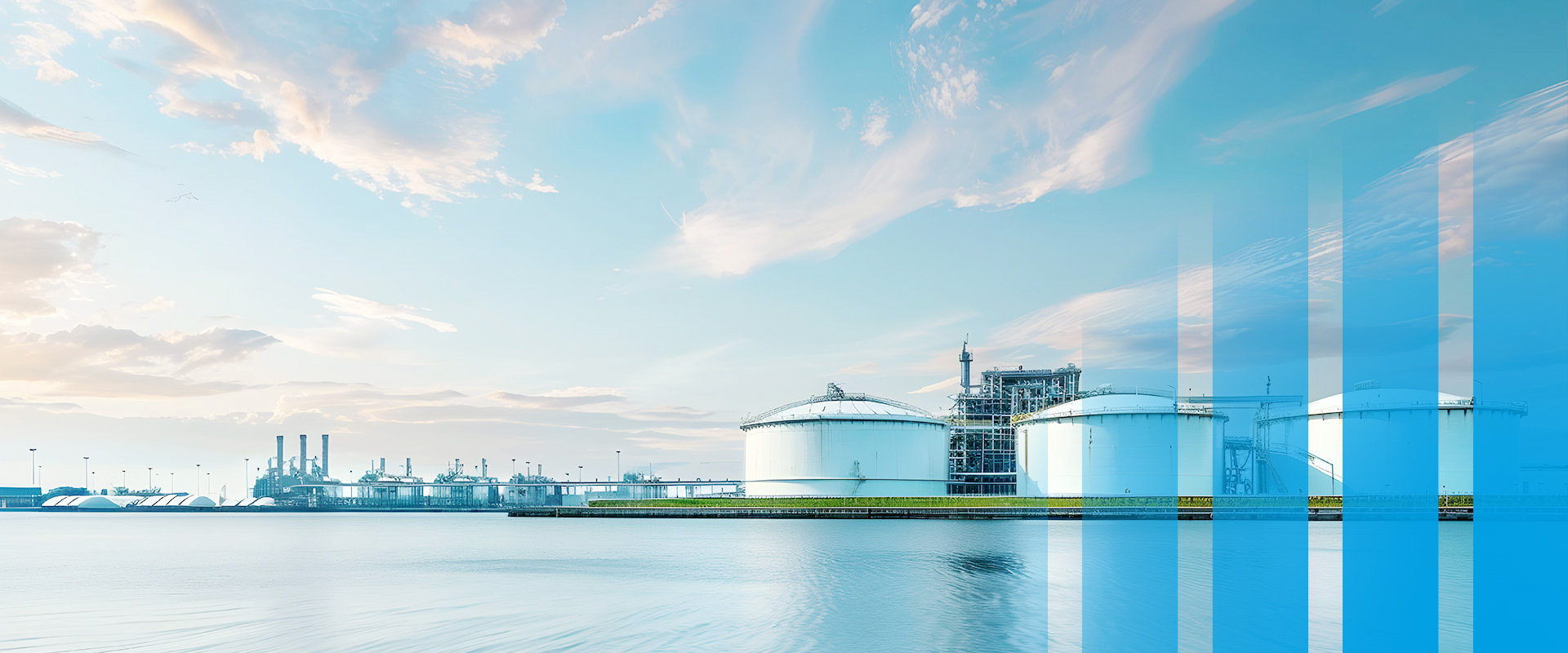Gas warning technology in the LNG terminal
The gas detection technology in an LNG terminal is a central element of the safety infrastructure, as large quantities of liquefied natural gas (LNG) are stored, handled and, if necessary, regasified there. Due to the high risk of fire and explosion as well as the low temperatures, extensive detection and protection measures are required.
The aim of our gas warning technology in the LNG terminal
- Early detection of methane leaks (CH₄ is the main component of LNG)
- Avoiding ignition sources by switching off technical systems in good time
- Protection of people, environment and plant
- Compliance with legal requirements (e.g. ATEX, Seveso Directive, DIN EN 60079)
Sensors / detectors
Types:
- IR sensors (infrared): Very reliable for methane
- Catalytic sensors: For flammable gases, in the presence of oxygen
- Flame detectors (UV/IR): Supplementary to gas detection
Place of placement:
- At elevated points, as CH₄ is lighter than air
- Close to the process, expansion valves, evaporator stations
- In cable trays, compressor roomsgas filling stations
- Double at critical points (redundant)
Alarm and control systems
Multi-level alarm system:
- Advance warning (e.g. from 10 % LEL/LEL)
- Main alarm (e.g. from 20 % LEL) with shutdown and emergency measures
Coupling to control systems (SIL-2/SIL-3):
- Gas shut-off valves
- Ignition source shutdown
- Automatic inertization
- Control of ventilation systems
An LNG terminal requires a highly sensitive, multi-stage gas detection system that is tailored to the special properties of methane. In addition to pure gas detection, automated safety measures, explosion prevention and a clear alarm and response chain are also essential. Standard-compliant planning, regular maintenance and integration into the process control system are crucial for safe operation.
